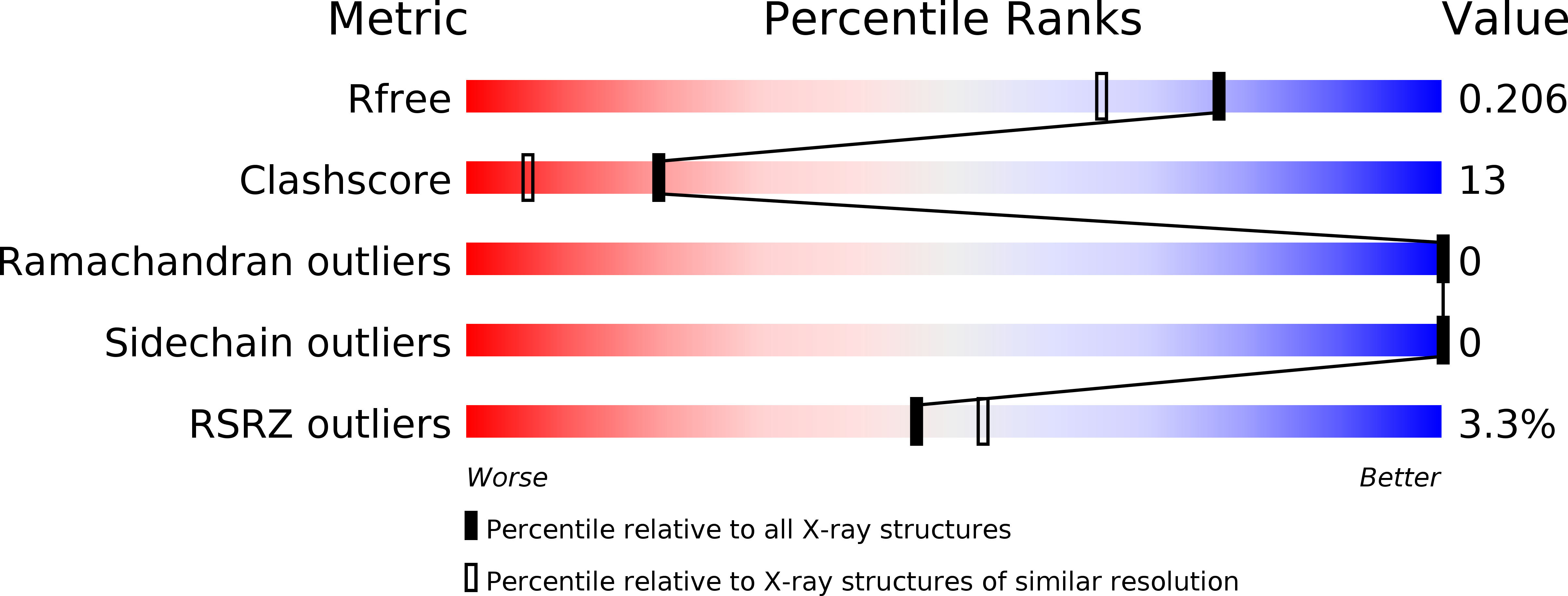
Deposition Date
2011-09-02
Release Date
2011-10-12
Last Version Date
2023-12-20
Entry Detail
PDB ID:
3ZZQ
Keywords:
Title:
Engineered 12-subunit Bacillus subtilis trp RNA-binding attenuation protein (TRAP)
Biological Source:
Source Organism:
BACILLUS SUBTILIS (Taxon ID: 1423)
Host Organism:
Method Details:
Experimental Method:
Resolution:
1.75 Å
R-Value Free:
0.19
R-Value Work:
0.17
R-Value Observed:
0.17
Space Group:
I 2 3


